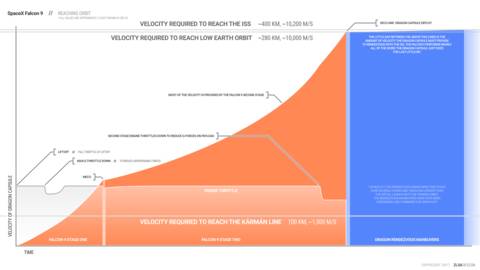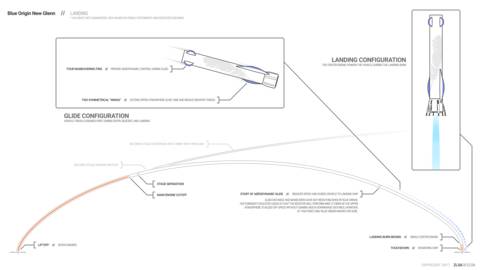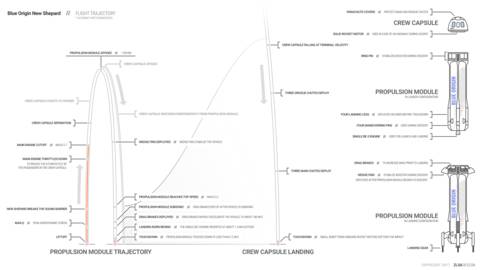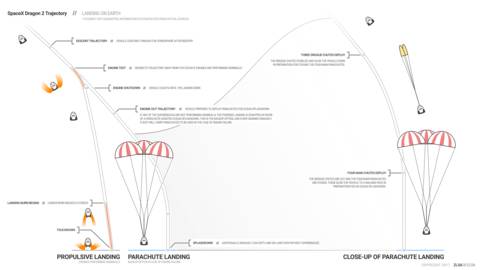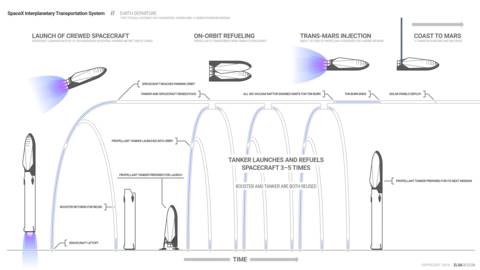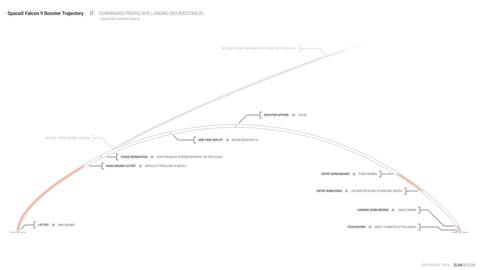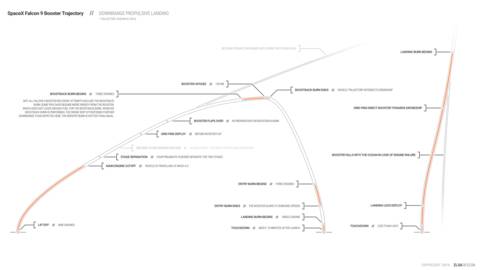article SpaceX Falcon 9: Liftoff to Landing (Draft)
Like all launch vehicles, SpaceX’s Falcon 9 is a marvel of engineering. It starts out at the launchpad, and in less than nine minutes, the second stage (and payload) have reached orbit and are now travelling at over 7500 meters per second (equivalent to a sea-level speed of Mach 22.) That’s really, really fast. And it’s something that every single launch vehicle must do to bring its payload into orbit.
Here’s a very short tl;dr:
- Reaching orbit is not the same as reaching space.
- To accelerate the payload to orbital velocities requires a lot of fuel.
- As the dry mass of the launch vehicle increases, the amount of fuel (and therefore energy) it can store decreases.
- Therefore, you want the vehicle to be as lightweight as possible and hold as much fuel as possible.
Rocket engineers have spent decades trying to make launch vehicles lighter. The original Atlas ICBM used balloon tanks; unlike a stiff internal framework of stringers underneath a metal skin, balloon tanks employ the pressurization of the tanks to maintain their shape. This makes for a very lightweight tank; however, it’s difficult to build and transport (as it must be pressurized at all times.)
The Falcon 9, though, is a bit different.



